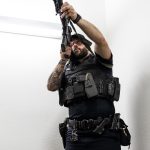
30% OFF ALL BACKPACK ARMOR – SHOP NOW
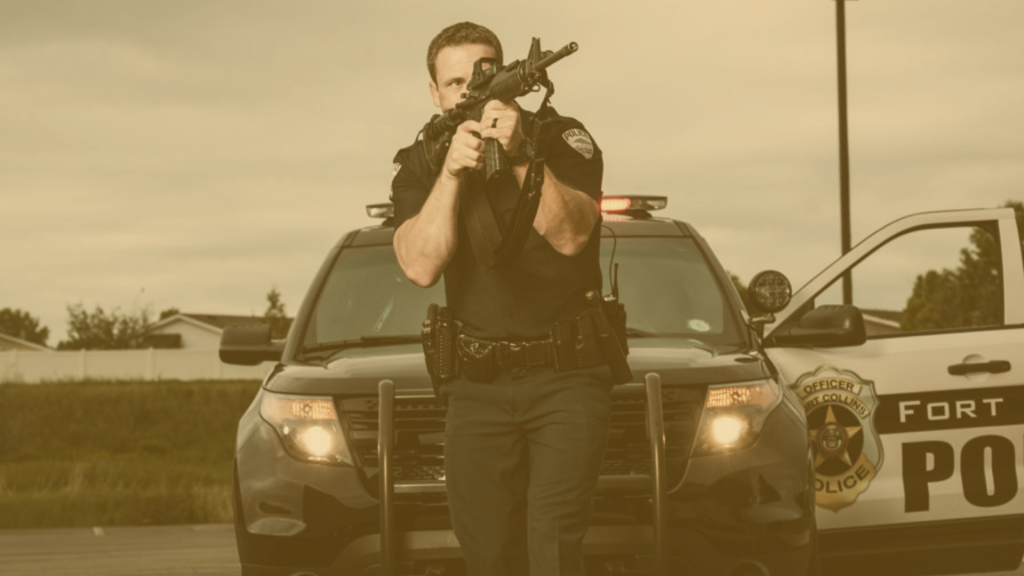
Law Enforcement Officers depend on their training and equipment to help them in a high-risk situation where there’s no time to second-guess the quality of the body armor they have on, or worse risk valuable seconds retrieving it from the trunk of their vehicle. The truth is police officer safety depends heavily on their body armor; having reliable, comfortable, and readily available body armor can be the difference between life and death in a split-second situation.
It’s true, officers wearing reliable body armor feel safer and more confident in performing their duties, particularly in critical incidents. This enhanced confidence translates to better decision-making and improved response times. While high-quality armor, crafted from premium materials, may have a higher upfront cost, its superior durability results in lower long-term expenses compared to frequently replacing cheaper alternatives.
Beyond material and manufacturing, the NIJ certification mark is crucial. The National Institute of Justice (NIJ), the research and development agency of the U.S. Department of Justice, sets rigorous safety and performance standards. Third-party, independent labs conduct testing to ensure products meet these high standards.
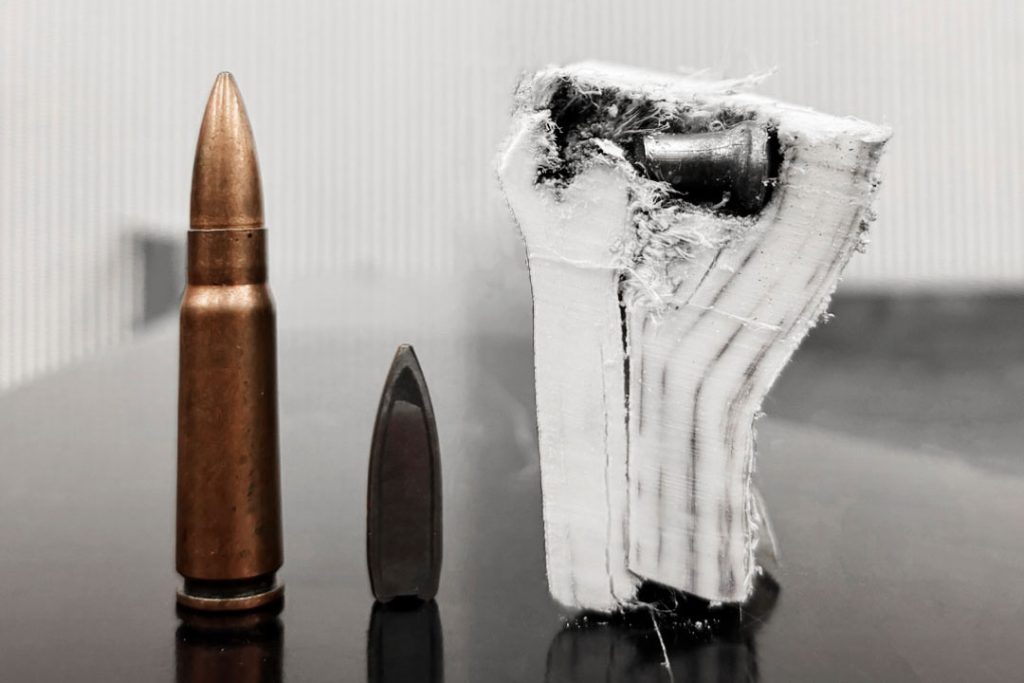
Soft ballistic panels are made from aramid fibers (such as Kevlar), which are strong, lightweight, and flexible. Ultra-high-molecular-weight polyethylene (UHMWPE) fibers offer even greater strength and lighter weight, providing superior ballistic protection. Often, a hybrid of these two materials is used to optimize protection and weight while managing costs. Ballistic materials are shaped, layered, and sewn into a vest or carrier to maximize coverage, then covered with a protective fabric.
A police officer’s body armor isn’t just a single piece of equipment—it’s a system. Ballistic panels, providing the vital bullet-stopping protection, are inserted into a carrier, or vest. These carriers come in a variety of styles and colors. Undercover officers might prefer a low-profile, concealed carrier, while patrol officers may choose a carrier that integrates seamlessly with their uniform. SWAT teams often opt for tactical carriers offering increased protection and the ability to carry additional equipment. The variety of carriers reflects the diverse roles and missions of law enforcement.
Rifle plates are the heavy hitters of body armor. These hard inserts, slipped into a carrier’s dedicated pockets, provide crucial protection against the devastating power of rifle fire. Engineered from advanced composite materials, rifle plates often incorporate ceramic for its exceptional hardness and impact resistance, though heavier metals such as steel or titanium may also be used, although less frequently due to weight considerations. The careful selection and arrangement of materials are crucial for balancing effectiveness, weight, and cost.
Beyond the core ballistic protection, body armor systems can be customized with a range of accessories. For high-risk scenarios, additional armor plates offer enhanced protection for vulnerable areas like the neck, shoulders, and groin. Meanwhile, a variety of practical pouches and attachments allow officers to carry essential tools and equipment—radios, handcuffs, spare magazines, tasers, and medical supplies—strategically positioned for quick access.
Police body armor is designed to absorb and distribute the energy from projectiles, blunt force impacts, and other threats. The system—comprising soft ballistic panels, a carrier, rifle plates, and accessories—works together to protect the wearer. Manufacturing processes vary greatly among companies, and specific construction depends on the required protection level and design features. Here’s a general overview:
These are the primary protective element. Individual fibers are woven, spun, or layered to create the ballistic material. The materials are then prepared, cut, shaped, and assembled into panels, often involving layering and bonding different materials to optimize performance.
Manufacturing the police carrier (the vest holding the ballistic panels) is a complex process. It begins with pattern making and cutting various fabric layers from materials such as nylon or Cordura. Multiple layers are used for strength and comfort, including an outer shell, an inner lining, and potentially additional padding. These layers are carefully aligned and sewn together using specialized industrial sewing machines. Strategically positioned pockets, securely sewn into the carrier, hold the soft ballistic panels, with some carriers also including pockets for rifle plates. Straps and closures are added for comfortable wear, followed by quality control and inspection to ensure structural integrity.
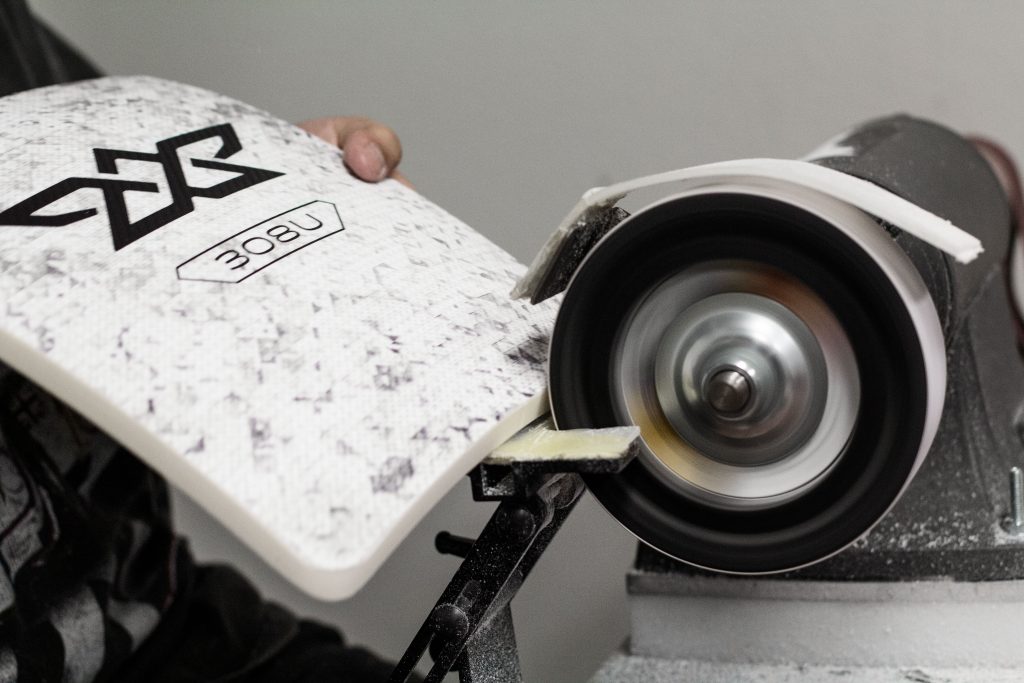
Rifle plate manufacturing is a complex and proprietary process. Initial material preparation may involve ceramic processing or fiber preparation. A crucial step is layering and bonding different materials, often using high-pressure, high-temperature techniques to ensure strong adhesion. Precision machining and heat treatments shape the plates to their final form, and the edges are often smoothed to prevent snagging.
Rigorous testing is crucial to ensure the armor meets protection levels for both soft armor panels and rifle plates. National, state or local governing bodies set up the specific requirements for testing requirements. However, the NIJ (National Institute of Justice) sets ballistic standards for body armor. The standards define the level of protection required against different types of projectiles. Common NIJ standards include NIJ 0101.06 and the new 0101.07. Compliance with the NIJ standards is often mandated and strongly encouraged for law enforcement agencies. The NIJ itself doesn’t test body armor or other products to certify compliance with its standards. Instead, accredited, independent testing laboratories conduct the testing.
The NIJ defines five body armor ratings – higher levels provide more protection but usually come with more bulk and weight.
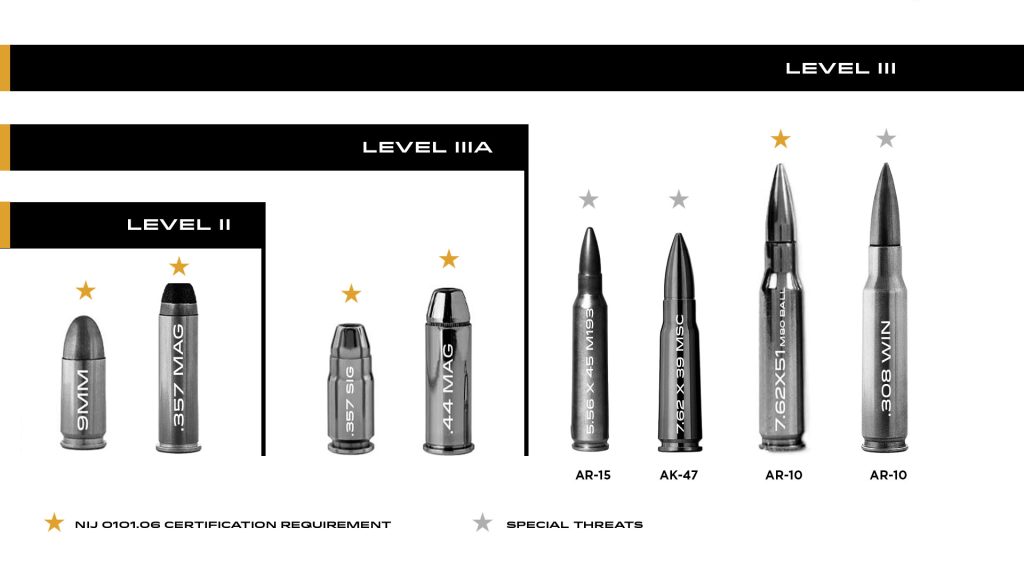
Every officer’s mission, preferences, and departmental regulations influence their body armor needs. Therefore, there’s no single “best” body armor; the ideal choice varies from officer to officer. However, several key factors can help guide the selection process.
Begin by reviewing the mandatory standards and guidelines set by your local governing body. Next, conduct a threat assessment specific to your jurisdiction, examining crime statistics and historical data on officer-involved shootings to determine the types of ammunition officers are likely to encounter. It’s important to consider the operational differences between SWAT/tactical units and patrol officers.
Selecting a body armor carrier requires careful consideration of comfort, adjustability, breathability, and weight distribution. The fit is crucial because correctly positioned ballistic plates are essential for effective protection of vital organs. Improper fit can lead to gaps in coverage, restrict movement and agility, and hinder the use of other equipment, significantly impacting an officer’s ability to react effectively and safely.
Budgetary limitations are a reality for law enforcement agencies and other organizations. Therefore, balancing cost and protection is critical. It’s not just about the initial cost; smart purchasing means looking at the whole picture—officer safety, budget sustainability, and legal risks—over the long haul. Simply put, the goal is to maximize protection while staying within budget constraints.

The RISE Armor System starts with NIJ certified, soft armor panels available in Level IIIA and Level II at various weights and thickness and price points.
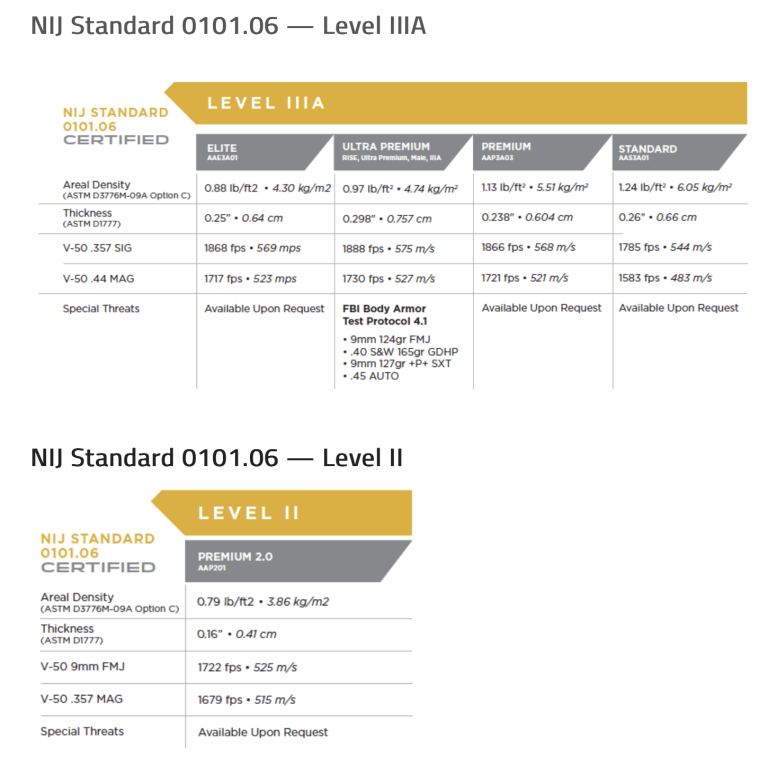
All RISE Armor Packages are compatible and interchange with all RISE carriers. There are six unique carriers available – one for every missionLooking for superior body armor?
RISE offers a range of carriers designed to meet diverse needs and preferences. The discreet Stealth Carrier provides ultimate concealability without sacrificing comfort, durability, or protection. For enhanced comfort and performance, the Utility Carrier offers innovative weight distribution, while the officer-designed Uniform Carrier 2.0 prioritizes comfort and functionality. The Patrol Carrier blends sleek design with superior comfort, satisfying departmental requirements. Need unmatched versatility? The Flex Carrier combines tactical performance with a professional aesthetic, and the highly customizable Tactical Carrier offers adaptable protection and mobility for any first responder’s mission.

Our Truth Snap Plate System offers a variety of options to meet your needs. The 308 Standard and Ultra base plates (NIJ 0101.06 Level III certified) work with our RISE Armor Packages and other compatible vests. We’re also excited about the Stand Alone Elite Rifle Plate, which has passed NIJ testing and will be available in March—it’s a real game-changer for police body armor in terms of protection. And the modular design really shines with the 855 Strike Face Plate. This plate magnetically attaches to the base plate, offering protection against M855 and other threats, providing unmatched adaptability.
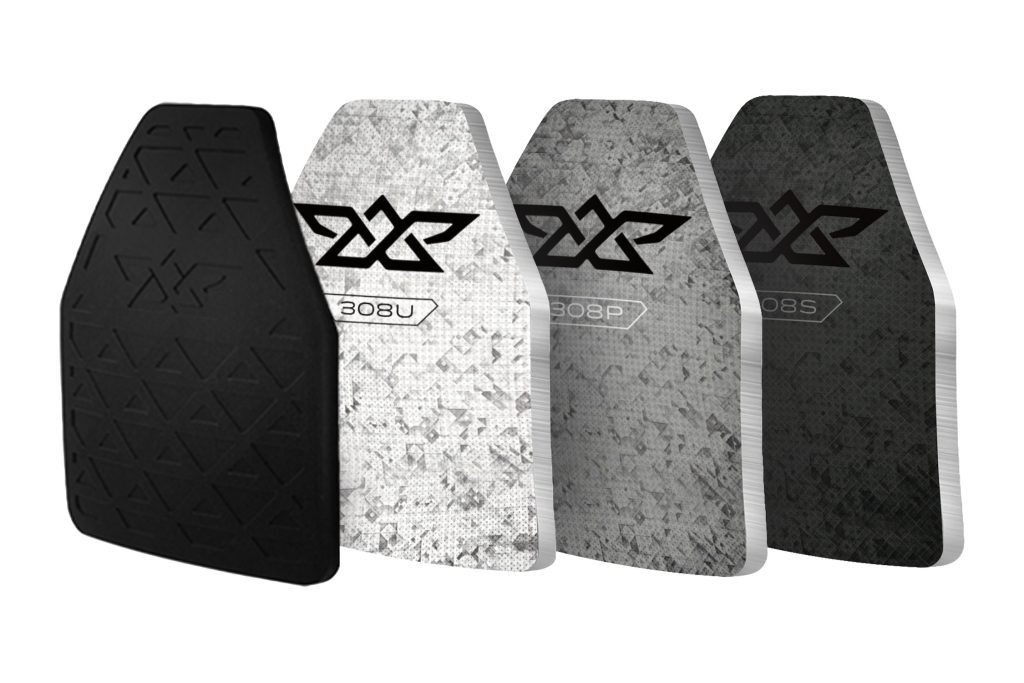
Want to learn more about Angel Armor’s RISE Body Armor System or Truth SNAP RIfle Plates?
Reach out to a knowledgeable member of our sales team at sales@angelarmor.com.
Drop us a line, and we will get back to your promptly!
Drop us a line and we will get back to you promptly!